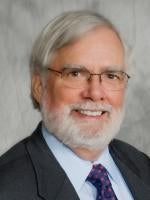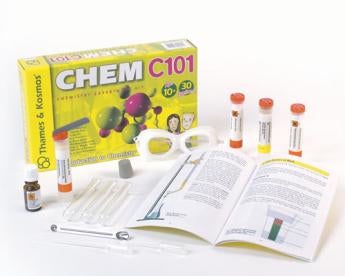After listening to the IPO webinar and reading the detailed account by Kevin Noonan in PatentDocs on the Myriad oral arguments, I was somewhat heartened to “hear” the Fed. Cir. panel moving toward “getting it” regarding what an isolated DNA sequence is. This should not be an issue that requires great debate, but it seems like it was. Not surprisingly, Judge Lourie, a chemist, got it right away, when he addressed the issue of the difference between the patent-eligibility of a new mineral found in the earth and an isolated DNA sequence:
“The mineral is still the mineral when it’s attached to the rock and just physically compressed, it’s not chemically joined as a different molecular substance. Whereas your gene is simply different in the isolated state from what it is in situ…It’s a different material because you have broken covalent bonds.”
Right on! But at this point, Myriad’s attorney, Greg Castanias – who is not a scientist as far as I can tell – wandered off on a tangent about the “complex efforts” it takes to isolate a gene – a point completely irrelevant to the 101 arguments. Despite the diversion, Judge Bryson seems to be the next panelist who got Judge Lourie’s distinction. As described by Kevin Noonan: “Judge Bryon asked if the argument was to distinguish between a mineral that was isolated by ‘breaking covalent bonds’ from a mineral that was purified by, for example, “washing it with a solvent to remove impurities”[like the gold nuggets that the ACLU is always using as an analogy for DNA]”.
Later, Judge Lourie got to reiterate and amplify his position that “mere purification” was not involved in isolating a DNA sequence from the genome. Noonan writes: “He noted the difference between purifying a chemical compound from a contaminant and isolating the gene from the chromosome, which involves breaking covalent bonds.” When Hansen, the ACLU attorney, tried to revert to his argument that DNA has the same sequence of nucleotides in the body as it does following isolation, Judge Lourie noted that this ignored that fact that the BRCA gene was not “just sitting there” like “diamonds in a mine next to iron and uranium”.
Judge Bryson drew the best analogy – and may have sealed the ACLU’s “legal fate” on this issue when he said [I quote Noonan again]:
“There are many complex molecules that can be changed by lopping off some portion” thereof and “creating another molecule that was, in a sense, embedded in the first molecule” and that “all you have done is broken one or two covalent bonds,” thereby “creat[ing] a molecule that does not exist in nature” that “may have a functionality that is very different than the original.”
When I read this, I mentally wanted to shout “GOOOOAAAL!!” like the World Cup announcers do. Judge Lourie, for the third time, reminded Mr. Hansen that the isolated gene is different because “you’ve broken covalent bonds.” The simplest analogy I have come up with is a hypothetical experiment: Assume that aspirin (acetyl salicylic acid) is well-known, but acetic acid has never been known to man. A chemist exposes a solution of acetyl salicylic acid to a base and breaks the covalent bond between the acetyl group and the salicylic acid group, releasing acetic acid. Only one bond has been broken, but suddenly we have pickles and salad dressing, not just a analgesic drug.
Although two of three votes would carry the day for Myriad on the isolated DNA issue, I searched the materials diligently for any sign that Judge Moore related to the arguments based on the difference between picking up a gold nugget and isolating DNA, but I didn’t find one. In responding to the SG Katyal’s rather scattered arguments about the patentability of natural products, she seemed concerned that purified “natural products’” like vitamin B12 and antibodies would no longer be patentable under the government’s view. The SG seemed to agree, and argued that, to support Myriad’s position would permit the patentability of lithium, uranium, coal and even individual nucleotides. To his credit, Myriad’s attorney, Greg Castanias argued that pure lithium should be patentable, since it has new utilities not found in nature.
It is also not a natural product. You cannot pan it out of a steam like gold or dig it up with a shovel like coal. But, please ponder. The Supreme Court has stated in dicta that a new mineral found in the earth, like salt (halite) is not patent-eligible. However, these are chemical compounds, and neither the Supreme Court or the CCPA has ever held that an purified novel form of a chemical element, like lithium, silicon or uranium, is not patent-eligible. These elements do not occur in the free state in nature, and it requires a lot of effort by “the hand of man” to isolate them in useful form. Forget 35 USC 101 for a moment and let’s hope that Judge Moore gets a refresher course from Judge Lourie or from one of her clerks on Chemistry 101.



 i
i


